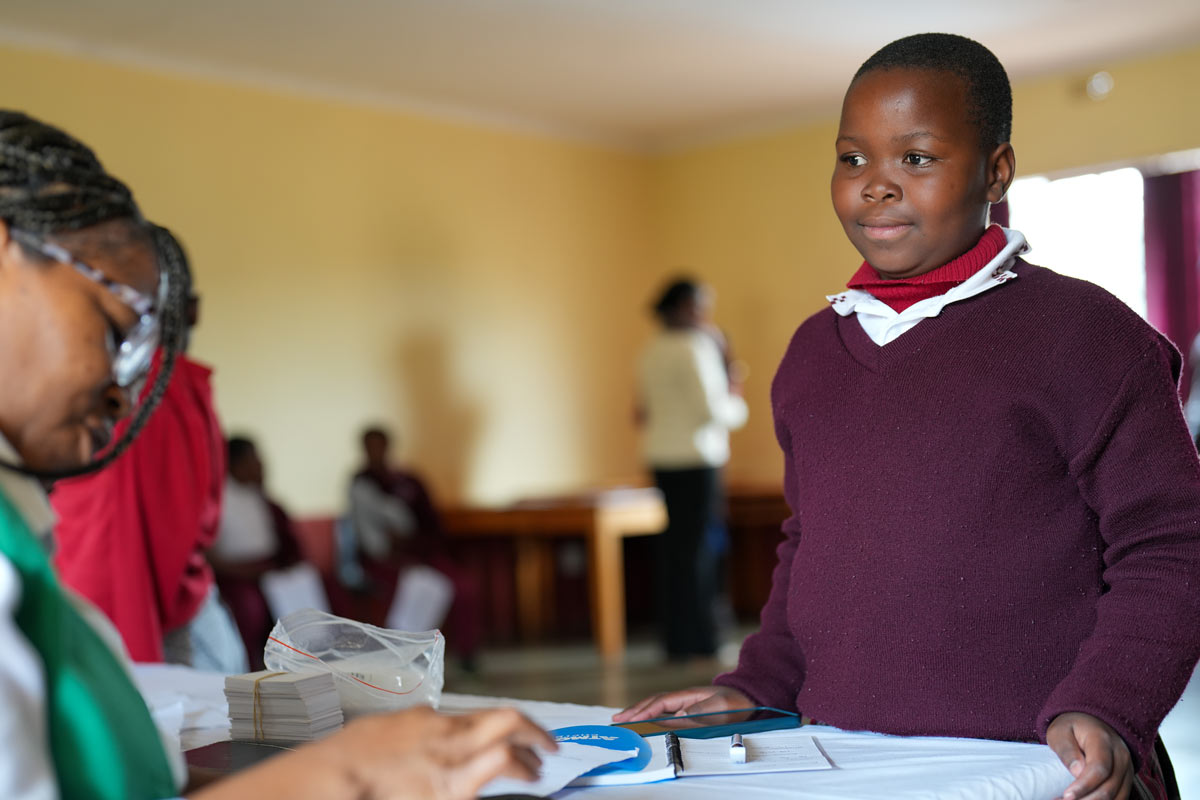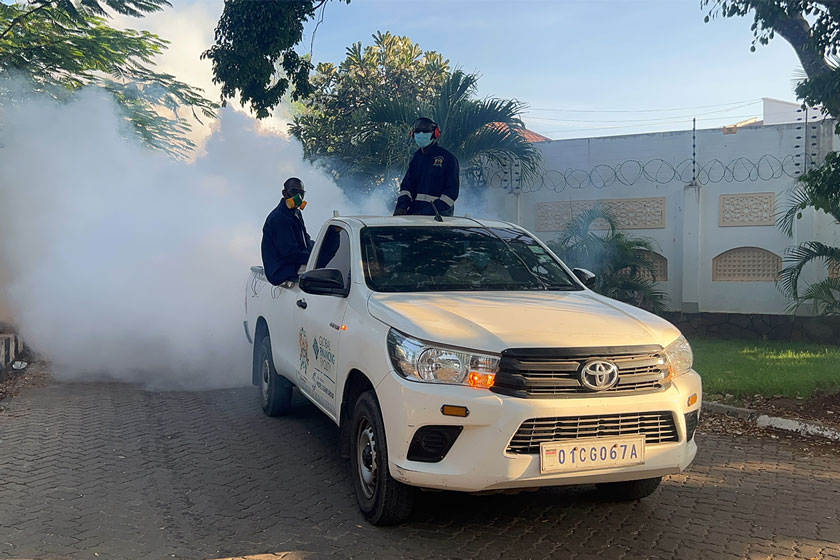The stark reality of how COVID-19 has worsened global inequality
The toll of the pandemic has been hardest on the most vulnerable, pushing millions into poverty and leaving them more at risk of disease, hunger and violence.
- 29 June 2022
- 4 min read
- by Priya Joi

COVID-19 dealt devastating blows to so many people, who saw their health damaged and livelihoods destroyed. Education stalled, health systems struggled and trade and travel came to a standstill. For the most vulnerable people across the globe, the pandemic has tipped millions into extreme poverty, leaving them vulnerable to disease, hunger, and domestic violence.
By the end of 2022, the World Bank estimates that an additional 75 million will have been pushed into poverty (defined as living on less than US $1.90 a day) than had been predicted before the pandemic.
These are people who were victims of inequity even before the pandemic, with poor access to healthcare, unstable employment and living conditions that put them at greater risk of disease or environmental catastrophe. They were most vulnerable to COVID-19 and, as data now suggests, they are bearing the greatest aftershocks from the pandemic.
Reality vs. perception of death toll
Data emerging over the past few months shows how reality can be quite different from early appearances. In 2020, it seemed that lower income countries were far less affected by COVID-19, with some seeming almost untouched. Theories for this ranged from a younger population to inherent immunity to coronaviruses. But a study published last month showed that COVID-19 was twice as deadly in low-income countries. The study looked at data from 25 low- and middle-income countries before vaccines against SARS-CoV-2 were rolled out there.
Between April 2020 and February 2021, the average infection fatality rate of 20-year-olds in low-income countries was nearly three times that in higher income ones, and 60-year-olds had almost double the risk of dying compared with that in wealthy countries. Older people in low-income countries were also more likely to have antibodies to SARS-CoV-2, indicating they had been infected, which the researchers attributed to households being more likely to contain different generations than in higher income countries, where older people were able to isolate better.
Have you read?
Even within high-income countries, ethnic minorities have been far more badly affected. In the US, for example, data from the US Centers of Disease Prevention (CDC) show that black people were twice as likely to die from COVID-19 than white people.
Tipping into extreme poverty
The pandemic has exacerbated almost all inequalities, according to data pulled together in Nature. By the end of 2022, the World Bank estimates that an additional 75 million will have been pushed into poverty (defined as living on less than US $1.90 a day) than had been predicted before the pandemic. This would bring the total number of people living in extreme poverty to 677 million by the end of the year – a staggering two-thirds of those (500 million) could be in sub-Saharan Africa. The food crisis triggered by the pandemic and also the war in Ukraine could mean that the situation worsens before it gets better.
Many vulnerable people working in the informal economy suffered the greatest economic losses, and they are still struggling to return their income to pre-pandemic levels, according to World Bank data. In 2021, the bottom quintile (20%) of earners were making 6.7% less than before the pandemic; but those in the third quintile had a better recovery and were down 5.1% of their pre-pandemic earnings. The top earners by contrast are earning only 2.6% less than they were before COVID-19.
Collateral damage
These effects are damaging enough, but the ripple effect of poverty and loss of income are far reaching. Many children saw their education paused and some never went back to school. This can have extremely negative consequences, especially for girls. When girls are out of school they are often married early and have children too early. When girls drop out of school they also miss out on lifesaving vaccines such as HPV, which protects against cervical cancer.
Having their education halted also cuts short girls’ productive potential – every extra year of schooling has the potential to increase their wages as an adult by 12%, compared with 10% for boys. Women who are educated are also more likely to educate their children, creating a positive cycle.
Being stuck at home in a family descending into poverty also has particular impacts on girls and women, as shown by evidence of increasing rates of domestic violence during the pandemic. This can be hard to measure as violence within the home is often hidden or women either feel unsafe to speak up or their testimony is not believed, but a survey by UN Women say that seven out of ten women believe violence has gone up during the pandemic.
For many, though the immediate threat of COVID-19 might be over, this ‘shadow pandemic’ will leave scars for years to come.









